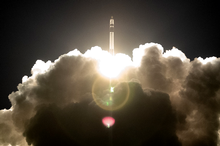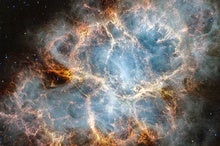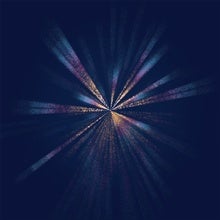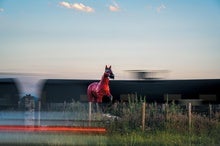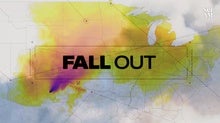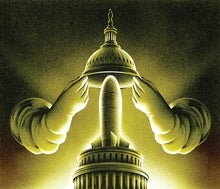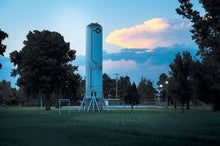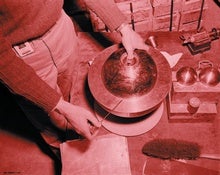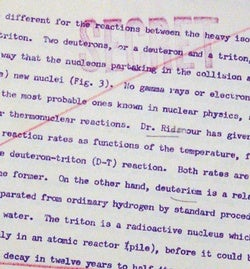 |
| November 16, 2023 |
This week, we're thankful to have avoided nuclear armageddon—so far. Although, dear reader, I'd much prefer our "space and physics" coverage was merely a matter of highlighting exciting rocket launches and mind-blowing discoveries from distant realms beyond Earth or within the quantum world, it's important to remember how the frontiers of physics have also given us things less inspirational and far more destructive. Namely, the vast thermonuclear arsenals that could even now wipe out our global civilization—not to mention the hazardous supply chains that support such fearsome weaponry. As part of a special report exploring plans for a $1.5-trillion modernization of the U.S. nuclear arsenal, our lead story details exclusive simulations that reveal hundreds of millions more Americans than previously acknowledged are at lethal risk from fallout in the event of nuclear attack upon the nation's nuclear missile silos. Were such an attack to take place the casualties from fallout would be only one of many mortal threats Americans—and practically everyone else on Earth—would suddenly face; even so, a proper appraisal of the risks associated with even one factor out of many in the monstrous equation of mutually assured destruction and a renewed nuclear arms race is of vital public and political interest. I hope you'll read our special report carefully—and then, as a cleanser, turn to our lighter fare about beautiful astronomical images and daring interplanetary missions. One more thing: As Thanksgiving Day will interfere with next week's newsletter, we'll be skipping that one, but will return to our regularly-scheduled programming the following week. We wish you a happy—and safe—holiday season. |
| |
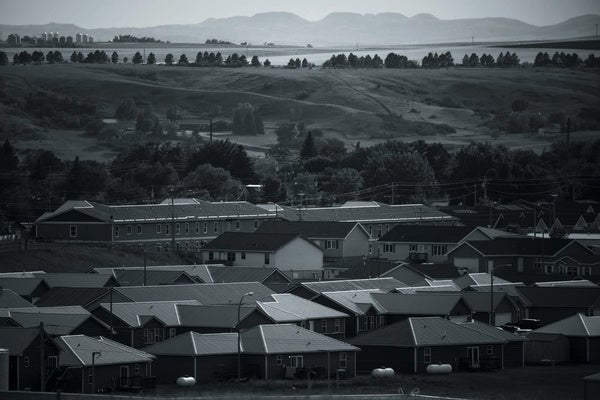 |
| |
| |
| |
| |
| Defense The New Nuclear Age The U.S. is beginning an ambitious, controversial reinvention of its nuclear arsenal. The project comes with incalculable costs and unfathomable risks | | | | |
| Defense What Radioactive Fallout Tells Us about Our Nuclear Future The U.S. has embarked on the largest and most expensive nuclear build-out ever. The U.S. military says it is necessary to replace an aging nuclear arsenal. But critics fear the risks. |  | By Duy Linh Tu,Nina Berman,Sebastian Tuinder,Dominic Smith,Joseph Polidoro,Jeffery DelViscio | | | |
| |
| |
| |
| QUOTE OF THE DAY
 "The only real way to use nuclear weapons is never. They should exist only in numbers large enough to deter their use by others, which they already abundantly do, with not one warhead more." The editors of Scientific American | |
FROM THE ARCHIVE
 | | | |
LATEST ISSUES
 |
| |
| Questions? Comments?  | |
| Download the Scientific American App |
| |
| |




